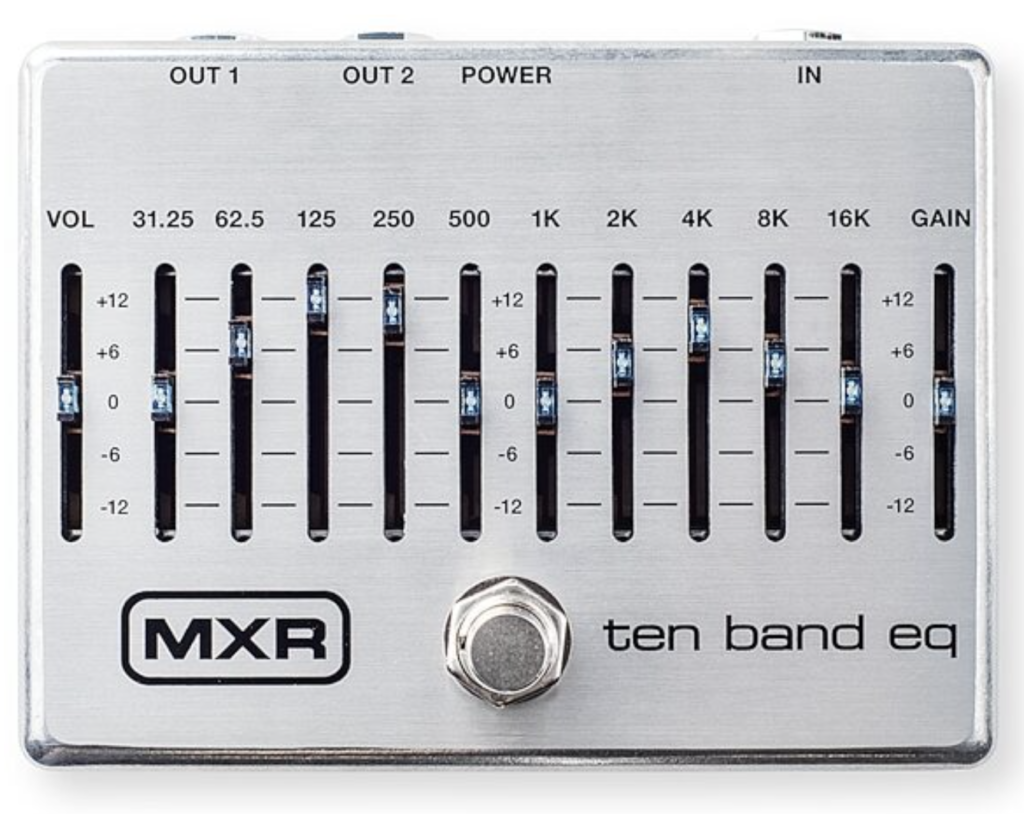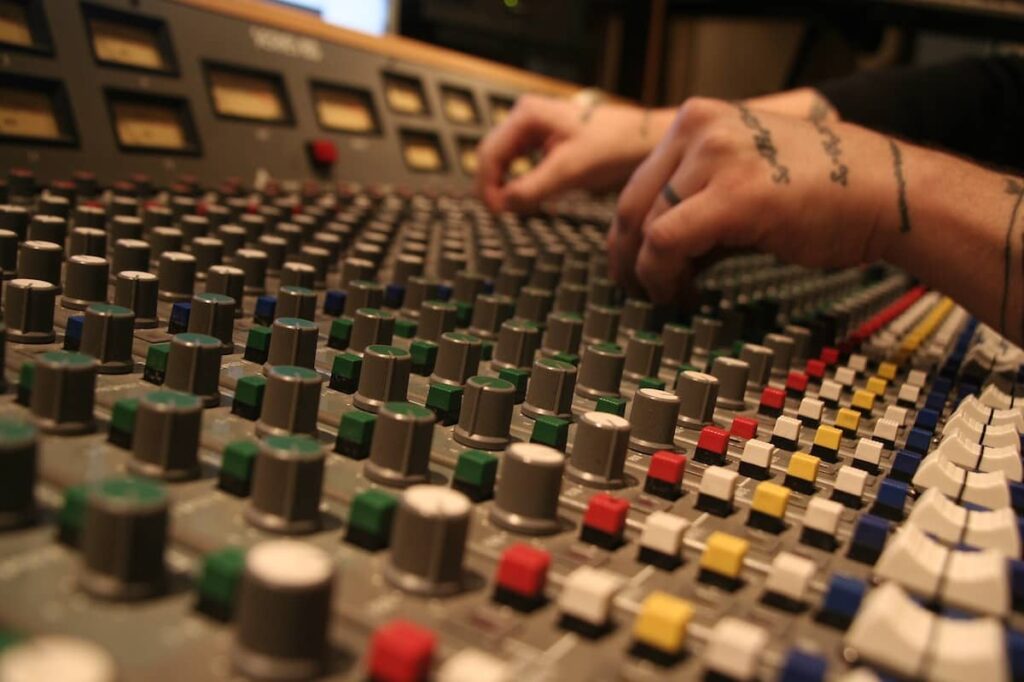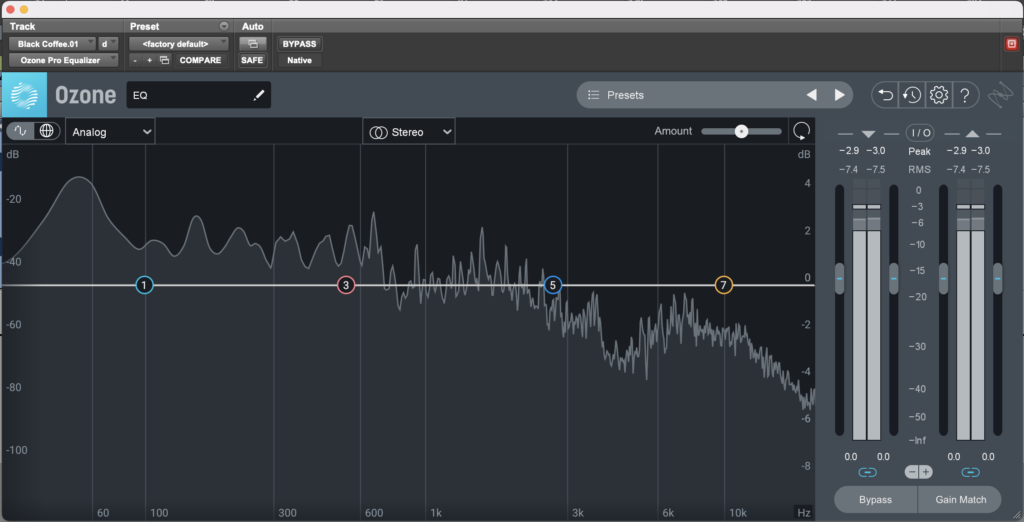EQ is short for ‘equalization’ or ‘equalizer’. And the thing being equalized are the frequencies that characterize a sound. If you’re listening to some music in your car and the bass and drum hits are making your doors rattle, you might find the EQ settings for the car stereo and turn bring down the low frequencies to balance things out. Or… maybe your car doors aren’t rattling enough! So you boost the bass so you can feel those sweet sweet vibes through your whole body 🤤

The term ‘equalizing’ is maybe a misnomer because the goal of using an EQ is not necessarily to make all frequencies equal to each other. Instead, we’re often trying to make adjustments, rebalancing things subjectively to hear more of something that sounds good or less of something that doesn’t sound good. But that’s what it’s called so get over it.
There are lots of different forms and applications for EQ. There are analog equalizers like this MXR equalizer pedal that uses faders to make boosts and cuts, or our Trident Series 65 mixing console which has a section of white eq knobs on each channel strip. And there are zillions of digital equalizers with… digital stuff… used to make frequency adjustments.


There are also equalization ‘analyzers’ that will give you a visual representation of frequency levels in a sound. This is sometimes a built-in feature of a digital EQ plugin, like in iZotope’s Ozone EQ pictured at the top of this article.
And while it may be helpful to think about EQ as a way to boost frequencies that sound good and cut down frequencies that sound bad, it definitely gets more complicated than that. EQ is often used in the mixing process to set complimentary frequencies so things sound good in relation to each other, not just by themselves. So while the low strings of an acoustic guitar might sound really nice, we might actually want to cut those frequencies if they’re competing too much with a piano part or a bass line.
Which makes me realize I’ve mostly been talking about EQ with music in mind. There are tons of sound design applications for EQ in things like radio and film. EQ is one of the most basic concepts of audio and it’s also one of the widest and most versatile.
Hopefully, this is a good start for being in the know!

